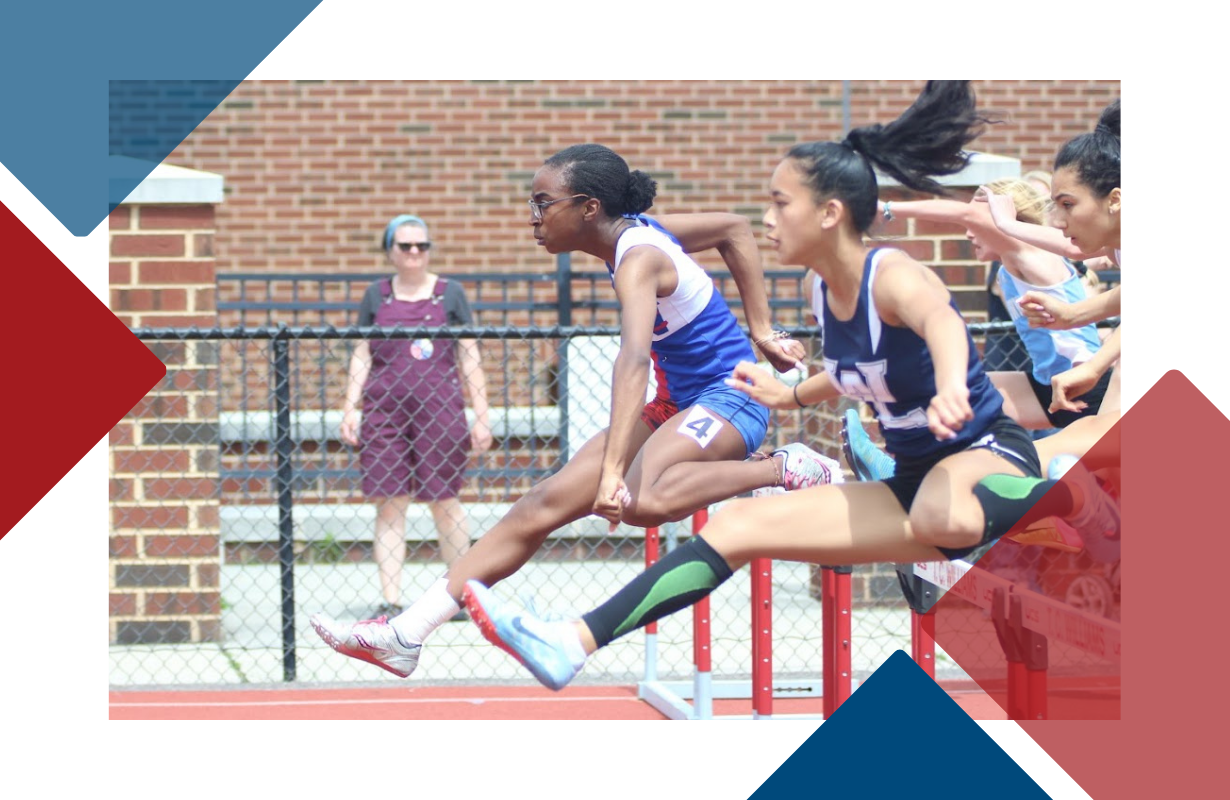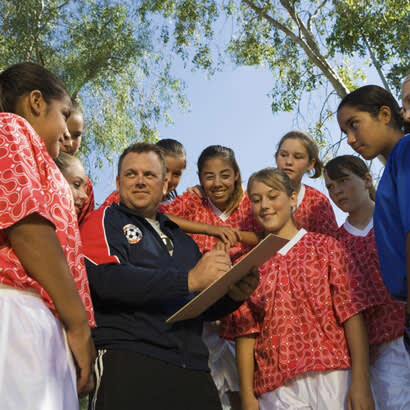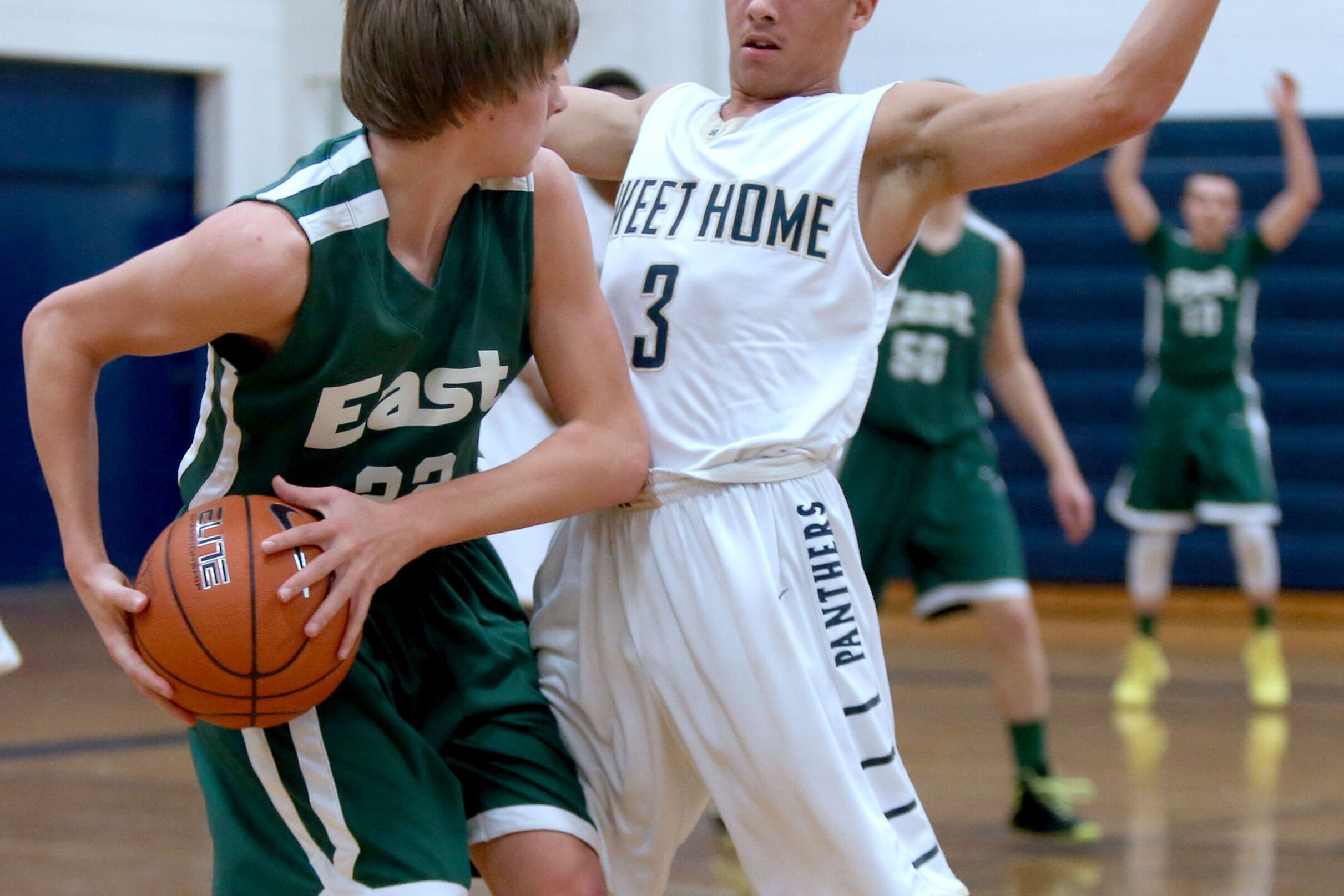About two-thirds of high school state associations had to shut down their basketball tournaments. Nineteen state associations have cancelled these tournaments and 15 others have postponed or suspended them.
“The loss of state basketball championships in many states is a sizeable financial challenge ahead as they work to continue to make state-level athletics and activities programs available,” said Karissa Niehoff, National Federation of State High School Associations executive director.
In addition to basketball, some states were conducting ice hockey, gymnastics and swimming championships that were forced to be suspended or cancelled as well. And more lost money could be ahead if spring championships are shut down.
The Michigan High School Athletic Association (MHSAA) is bracing for more than $1 million in lost revenue if high school sports are cancelled through the spring, according to The Detroit News. The football playoffs in the fall earn the most revenue for the MHSAA, with the postponed boys and girls basketball tournaments being a close second. Football and basketball championships bring in more than $1 million, followed by wrestling (which was able to be completed this winter) at more than $600,000.
“Basketball for many, many years was No. 1; it has since been passed by football in terms of revenue,” MHSAA director of broadcast properties John Johnson told The Detroit News. “It’s still not insignificant, the potential loss from basketball. … With all that, it’s a blow, but it’s not a crippling blow to the association. We have some reserves that will enable us to keep serving schools.” Johnson said none of the MHSAA’s 26 full-time staff members have been laid off.
Relying on reserves could be crucial for state associations, many of which employ multiple staff members who are paid six-figure salaries. For instance, the MHSAA reported $6.6 million in net assets as of July 31, 2018, according to a review by Project Play of the association’s 2017-18 tax-exemption filing (the most recent available on guidestar.org).
In that year, the MHSAA listed six employees making at least $177,000 in base salary, benefits, and retirement and deferred compensation. The former executive director, who has since retired, received $310,369 in total pay. Compensation for all employees cost $3.7 million in 2017-18 (one third of the MHSAA’s expenses), compared to $4.8 million to run tournaments.
The Ohio High School Athletic Association (OHSAA) estimates losing $1.4 to $1.5 million in revenue if the organization cancels its remaining winter sports tournaments, according to WCPO.com in Cincinnati. The association has a $19 million annual budget. Ticket revenue from postseason tournaments comprises about 80% of the OHSAA’s operational budget, with the remaining 20% coming from officials’ dues and corporate sponsorships.
The Kentucky High School Athletic Association expects to lose more than $1 million from the postponement of its state basketball tournament, the Louisville Courier Journal reported. The association is encouraging donations to help with the loss.
Hard questions are ahead for high school associations, some of which haven’t ruled out playing their basketball tournaments if school reopens. But as some states start shutting down for good – Kansas closed schools for the academic year and Florida ended required testing and grading for the rest of the term – regaining lost tournament revenue seems unlikely.
“There could be decisions made that in order to balance budgets, some states start charging a membership fee if they don’t already,” said Dan Ross, the Ohio High School Athletic Association executive director from 2004 to 2018. “Or if they don’t have enough sponsors or membership fees to cover the loss, maybe they take three to four nonrevenue sports and just don’t offer them until they get their financial ship back in order. You have to be really careful whatever you do so you stay in line with Title IX.”
High school athletic departments and school districts may also face tough decisions, including whether to fund all of the sports they currently provide, Ross said.
“You may have to start charging to attend some sports you didn’t charge for in the past, or you may have three umpires instead of two. That could affect safety,” Ross said. “I don’t think anybody knows where this is headed. The biggest question is how long (the shutdown) lasts. What if this goes into football? When the NFL is already talking about when their season starts and practices over the summer, you know they’re already thinking about it.”
Do you have a topic that you would like Project Play to explore in future COVID-19 youth sports coverage? Email Jon Solomon at jon.solomon@aspeninstitute.org.
-
Detroit News
columnist John Niyo:
Our hiatus due to the pandemic may cause us to rethink the priority we put on organized youth sports -
SportsBusiness Journal
podcast:
Sports & Society Executive Director Tom Farrey joined Bill King to discuss our hope for the future of youth sports when we return. -
New York Times:
Millions of children sit at home as competitions go dark, though some are trying to play limited games. -
National PTA
podcast:
Sports & Society Program Editorial Director Jon Solomon discussed how parents can navigate the confusing youth sports system.





















